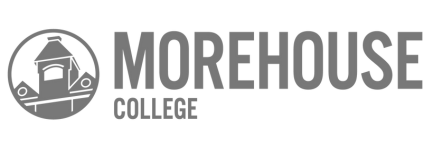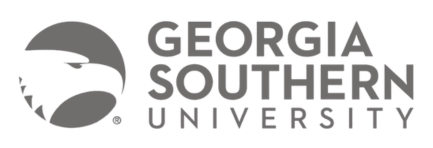Oklahoma State University Chooses Apogee ResNet to Connect its On-Campus Community
Welcoming more than 7,000 students to live on campus, Oklahoma State University (OSU) is committed…
Read Case Study
Welcoming more than 7,000 students to live on campus, Oklahoma State University (OSU) is committed to instilling and maintaining a strong sense of community for the safety, comfort, and growth of every student resident. Apogee is proud to be an OSU partner in delivering on this commitment.

At Morehouse College, Apogee supports everything from smart TVs, smartphones, laptops and tablets, printers, earbuds, VR headsets, and drones and provides managed Wi-Fi services to common areas, a green space for commencement ceremonies, the stadium press box and concessions, a gym, a bookstore, and student social spaces.

With an increasing emphasis on the student living experience and struggling to deliver connectivity to its residence halls, Georgia Southern University partnered with Apogee to provide a like-home residential Wi-Fi experience.
Welcoming more than 7,000 students to live on campus, Oklahoma State University (OSU) is committed…
Read Case StudyAt Morehouse College, Apogee supports everything from smart TVs, smartphones, laptops and tablets, printers, earbuds,…
Read Case StudyWith an increasing emphasis on the student living experience and struggling to deliver connectivity to…
Read Case StudyMona Mattson, Apogee Client Services Manager, and Justin Fabin, CIO, Saint Vincent College, discuss how…
Read Case StudyMona Mattson, Apogee Client Services Manager (CSM), recently sat down with PTC leaders Jon Buhagiar,…
Read Case StudyVCCCD administrators were committed to addressing these technology challenges as quickly as possible for students…
Read Case StudyThe college chose to migrate its ERP system to the Amazon Web Services (AWS) Cloud…
Read Case StudyLenoir-Rhyne University, a private Lutheran university in North Carolina, chose Apogee to provide Residential Networking…
Read Case Study